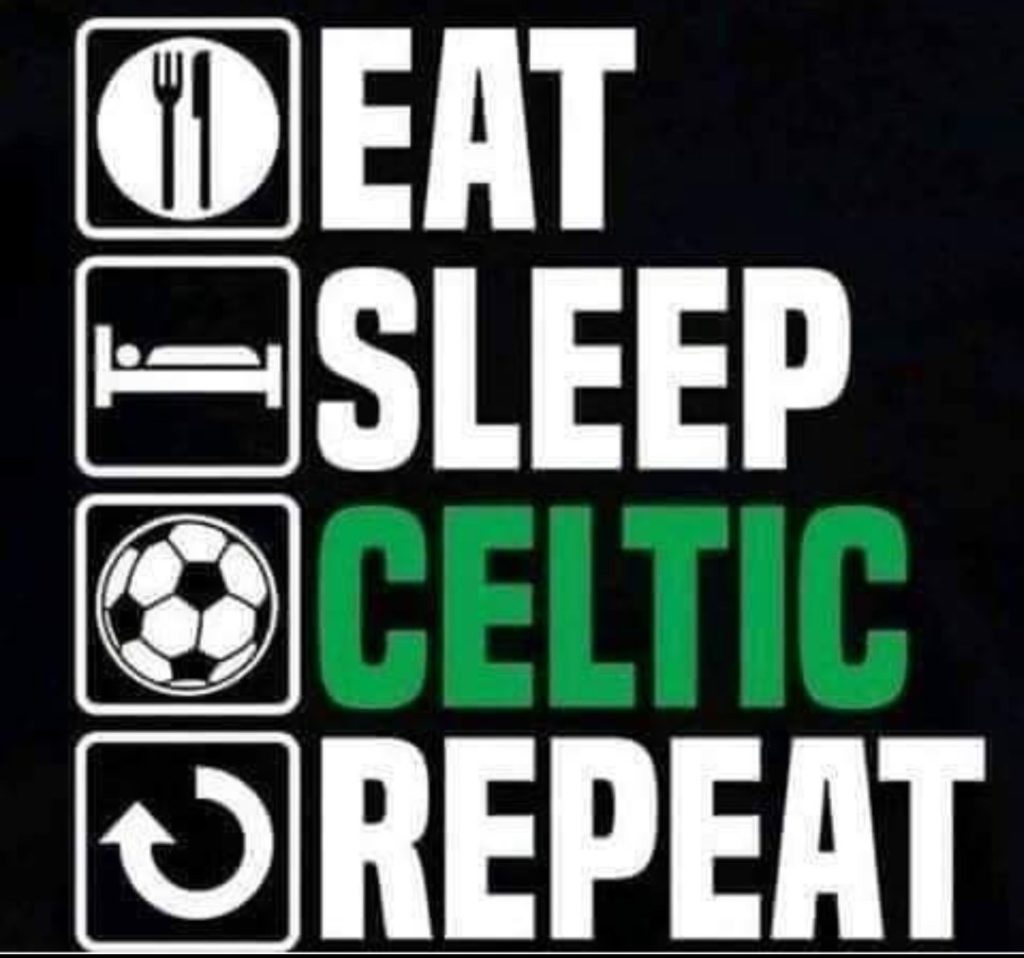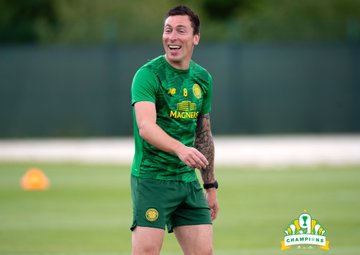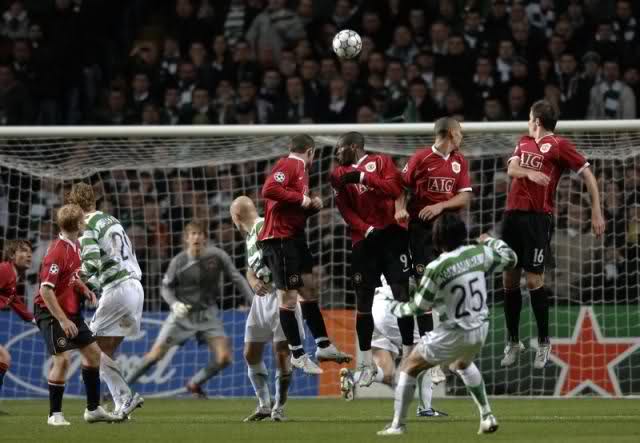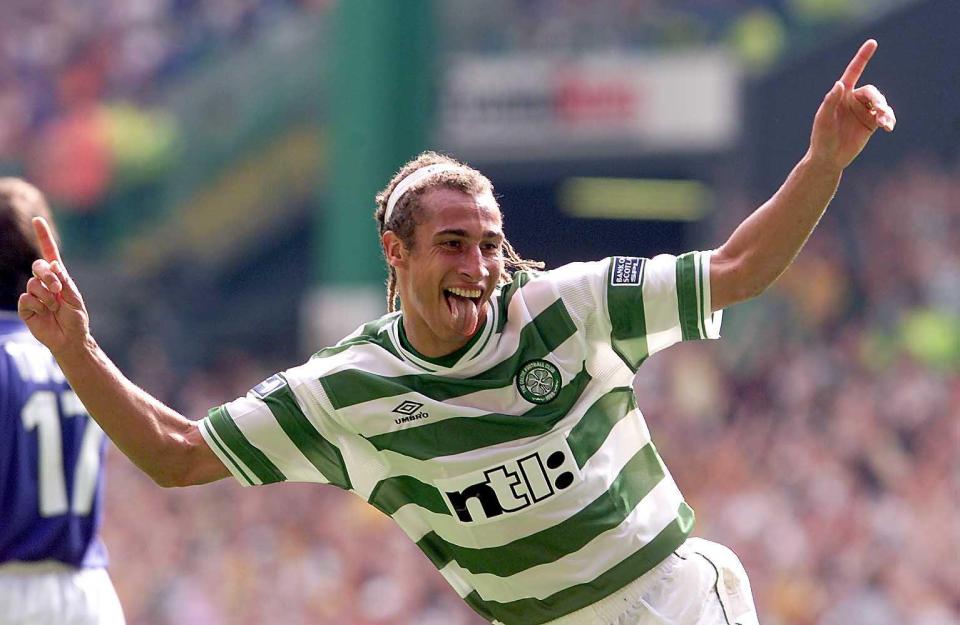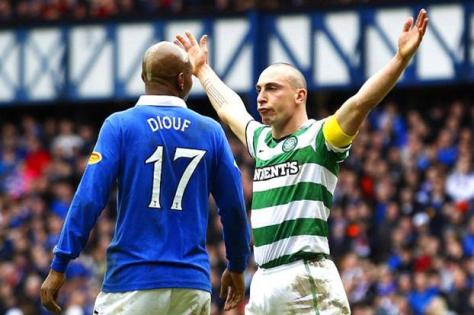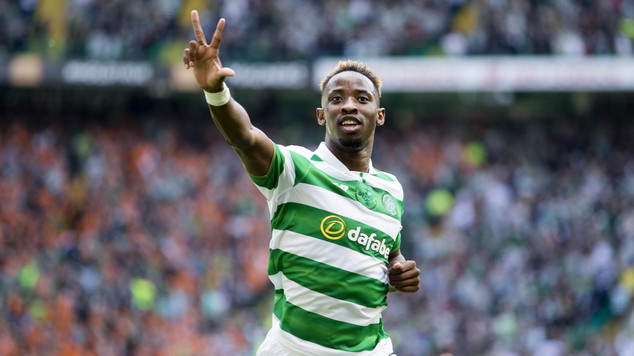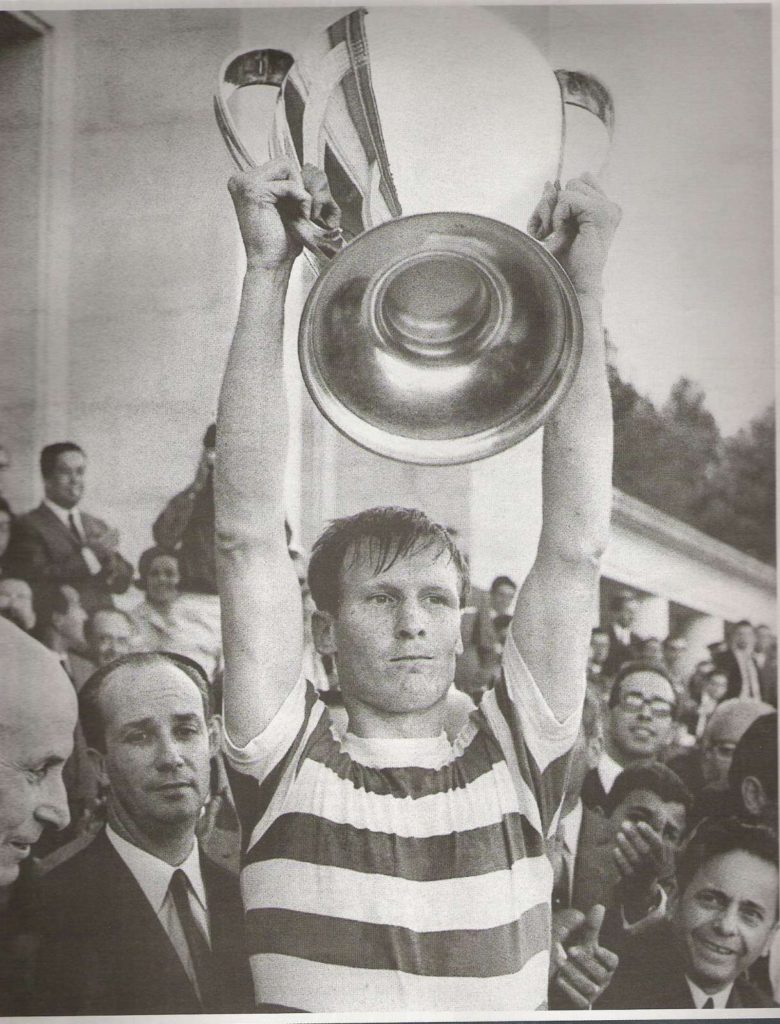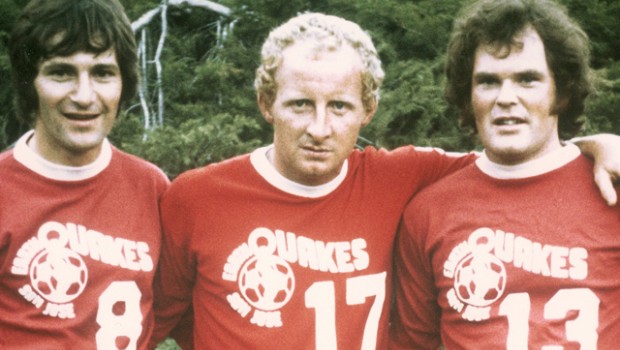As a relatively new Celtic fan — only four seasons still makes me a neophyte in the grand scheme of Hoops history — one of the things that, at least to me, has always ranged from a mild mystery to a downright conundrum is the club’s assigning of player numbers.
This observation first occurred to me while I was still grieving the departure of Mikael Lustig, who had sadly moved on from Celtic to KAA Gent, before ending up now at AIK in Stockholm. His number 23 went immediately to a new acquisition at the time, Boli Bolingoli. I thought it was odd that the number of a beloved Celt would be transferred so quickly, but I guess it is par for the course in the football world.
You move on, and your number is up for grabs, apparently. It’s as simple as that.
Or is it? Is there more to it than meets the eye, a certain metaphysical reason behind a player ending up wearing the number of a legend?
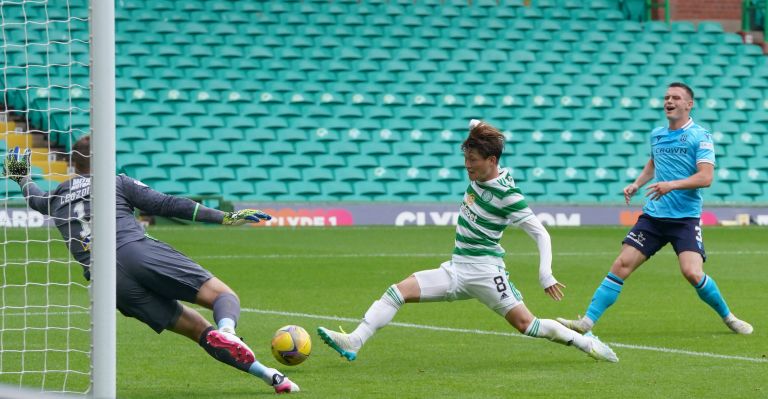
We have a new number 8 who replaces a recently departed number 8 — departed in a football sense, that is. Little has been said about Kyogo Furuhashi inheriting Scott Brown’s number. On the surface there may seem to be few similarities between the two, but if you look back the Hoops legend from Dunfermline and the new kid from Nara may be more alike than meets the eye, primarily and most importantly, both are quick and good with the ball. Also, it can be argued that Brown inherited the number from another Celtic legend, Paul McStay, and Brown admirably filled the legacy of that Hoops great.
We could go on and on about this, because examples here are plentiful: Liel Abada’s number 11 runs through the scenic route of the retraced steps of Scott Sinclair back to Bobby Lennox, while the number 5 has a magical and mystical significance insofar as the last player to wear it, Jozo Simunovic, scored after 67 minutes in a game honouring the greatest number 5 to play in green-and-white, Billy McNeill.
Then there’s the iconic number 7: Last worn with historical significance by the King of Kings, Henrik Larsson, but with a lineage that goes back to the greatest of all Celts, Jimmy Johnstone.
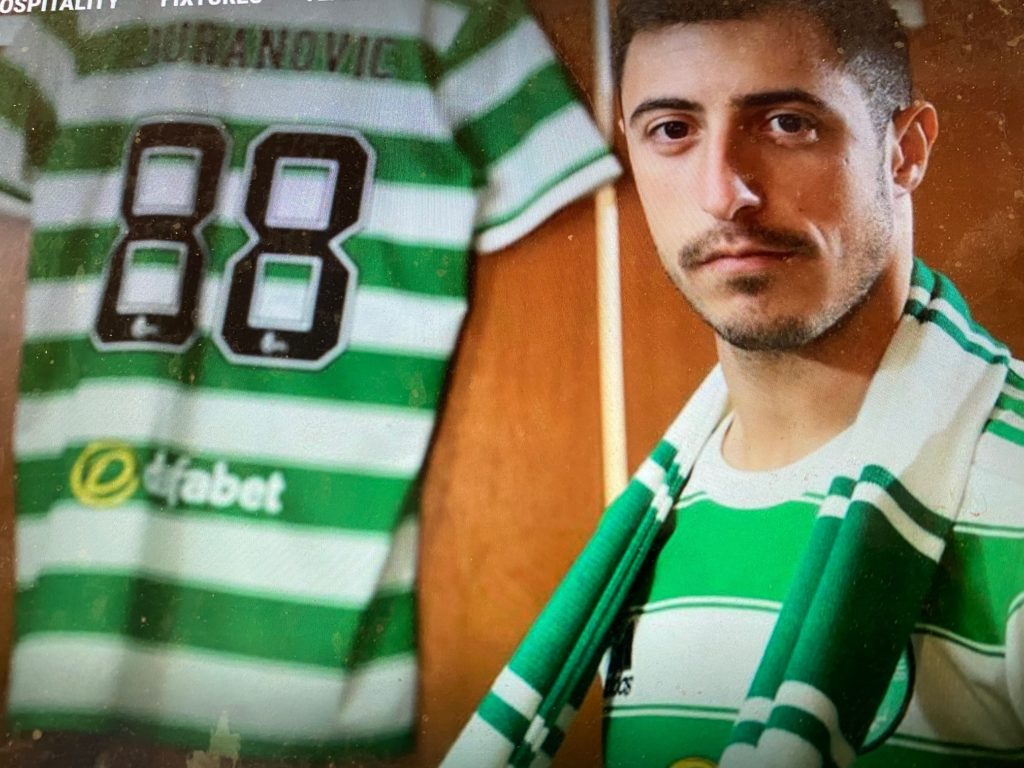
Today, photos of new Celtic acquisition Josip Juranovic have the new player wearing number 88, that of a Celtic historic goal-scoring magician, Gary Hooper. During his time with Celtic, Hooper — who is still playing in Australia — was an exciting player to watch, and it remains to be seen whether the magic of the number rubs off on the Croatian defender joining Celtic from Legia Warsaw.
This magic sometimes transfers — Brown to Furuhashi seems, at least so far, to be proof of that.
But sometimes it doesn’t — Lustig to Bolingoli being Exhibit A here, to say nothing of Albian Ajeti’s number 10, with a pedigree that spans the timeline through Moussa Dembele, Jan Vennegor of Hesselink, John Hartson, Tommy Burns, and Bertie Auld.
You can say it’s only a number, but fate, superstition and the football gods may have other intentions. No one knows for sure.
Nevertheless, on Thursday we have the second leg against Alkmaar Zaanstreek — AZ to the cool kids — away in the Netherlands, bringing with us a 2-o advantage from last week’s Europa League match at Parkhead.
Mon the Hoops!
